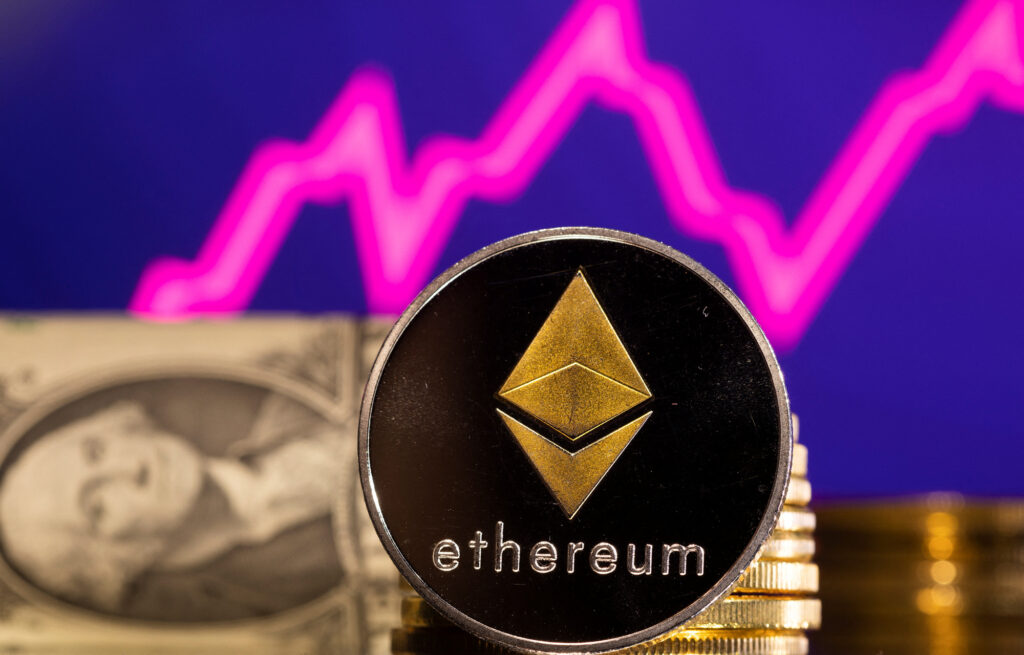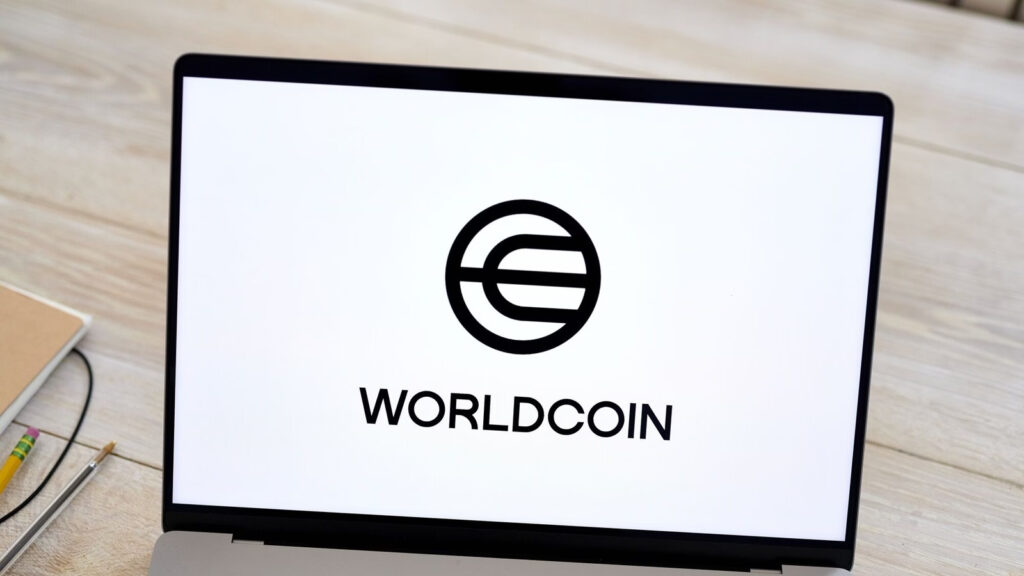The forex market is seen as being of paramount importance within the overall global financial structure. Situated in a wide range of participants, the market allows businesses and investors to convert one currency to another; the participants range from banks and commercial companies to central banks, investment management companies, and retail Forex brokers. This market allows liquidity exchange, desperately needed in a world economy where foreign currencies must be tapped.
It is a gigantic global financial market in terms of trading volume, with trillions changing hands daily and the most liquid market. The liquidity of the market is essential for maintenance of rates of exchange stability and for provisions for quick facilities of transactions. The benchmarks for trade in the market are witnessed all through the 24 hours of a day, all thanks to the decentralized nature of this market and various international time zones. These present opportunities for using the daily fluctuation in exchange rates to the maximum advantage but also carry risks.
Very often, dealing with the forex market considered the barometer of economic health is the responsibility of the government and economic officials. Exchange rates can affect inflation, exports, and imports and are part of a country’s overall financial performance. One country’s central bank may participate in market-aligning policies for the currency in a show of nation-by-nation interconnection in a globalized economy.
Forex Basics
Foreign exchange is the cog that gets the world’s economy rolling and brings with it the valuation of a currency and international trade.
Definition and History
The foreign exchange market is the short-term for the foreign exchange market. Participants buy and sell currencies in an open market system. This system evolved historically as nations adopted the concept of the gold standard in the late 19th and early 20th century and then went to a free-floating currency system after the collapse of the Bretton Woods agreement in the early 1970s. The market is not a fixed place. Instead, it operates in all the significant financial centers of the world.
Major Currencies and Market Participants
Major players in the Forex market include banks, commercial companies, central banks, investment and hedge funds, and individual traders. The list of major currencies, and therefore major players in the market, includes the US Dollar, the Euro, the Japanese Yen, and the British Pound. In fact, compared to each other, these very currencies would form ‘major pairs’ at some set time. Participants, by interacting with one another through OTC markets, further accrue the two key characteristics of Forex: its high degree of liquidity and dynamism. Here, explore the updated list of top forex signal channels on telegram.
Economics Theories That Justify Exchange Rates
Several economic theories try to explain why Forex exchange rates differ. The Purchasing Power Parity (PPP) posits that the price of goods should be the same in every country when expressed in the same currency. According to the Interest Rate Parity (IRP), two different currency interest rates should have some linkage to their exchange rates. Further, the Balance of Payments Theory studies the transactions between a country and the rest of the world to predict currency movements. What these theories do is provide a framework for understanding. They are only sometimes right, but they help one understand the movement of the change in the currency’s value.
Forex and International Trade
The foreign exchange market is part of the global monetary system and influences the course of international business through exchange rates; in addition, it provides the tools for risk management.
Impact on International Business
Forex plays a necessary role in international business; therefore, possession-in-conversion stores have been established in every country worldwide when making purchases. The foreign exchange market offers a global business an opportunity to purchase goods and services in any country in the currency of this specific country, with the price and tactics of calculating the cost of it and, subsequently, the profitability of businesses connected with the importation of goods and the export of services.
Exchange Rate Mechanism
Therefore, exchange rates underpin value in the mechanism that exists whenever one currency is traded for holding in another. Those rates can be based on several factors, such as economic performance, geopolitical stability, and market speculation. From this point of view, businesses should consider all these forces when performing proper product pricing and managing procurement costs.
- Flexible Exchange Rates: Exchange rates are determined by the market and, therefore, are highly flexible in some situations.
- Fixed Exchange Rates: A pegging of the currency of some countries to another would create more stability and hence reduce volatility.
- Hybrid Systems: In other countries, they do a combination or a mixture; they have bands or target exchange rates.
Risk Management Key Strategies
Companies working around foreign business markets often suit at least some risk management strategies that hedge the envisioned losses due to Forex market swings.
- Forward contracts stipulate currency transfers at a stated date and at an agreed-upon exchange rate.
- Currency Swaps: An exchange agreement for protection against liabilities on the principal and interest in one currency with an equivalent liability for principal and interest in another.
Option to the holder of the right but no obligation to exchange the currency at a pre-set exchange rate before a set date.
It is a strategy used by businesses as a tool for dealing with uncertainties, dealing in different currencies, and securing profit margins and financial stability.








